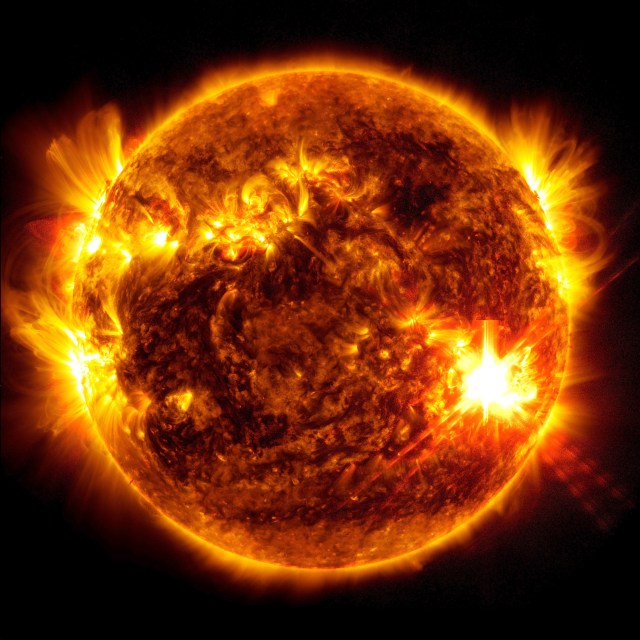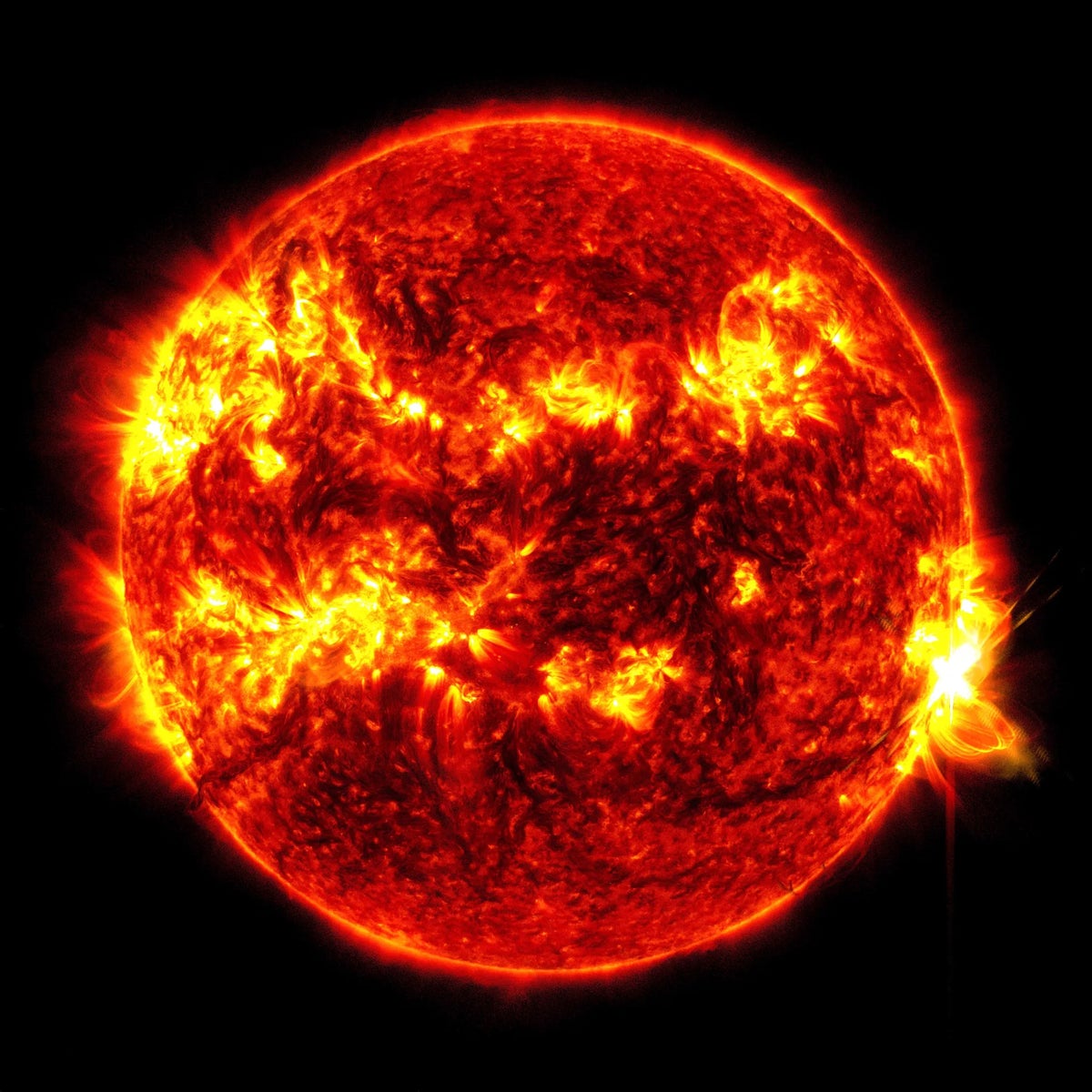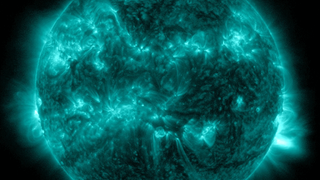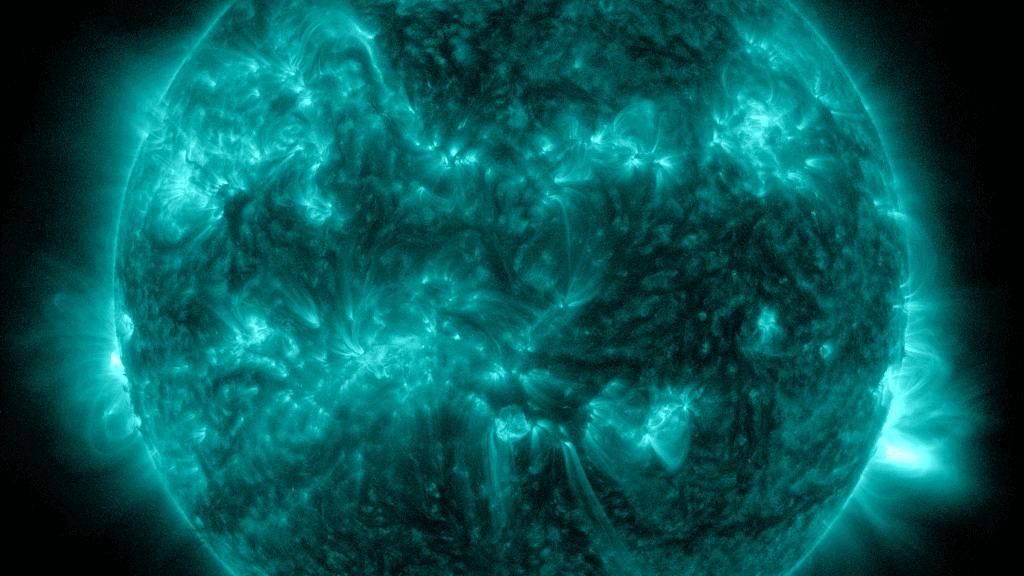
May 2024 has witnessed an unprecedented solar storm, with a series of powerful solar flares and coronal mass ejections (CMEs) launching towards Earth. The storm began on May 7 with two strong solar flares from the sun's surface, marking the start of a week-long barrage of space weather events. In total, eight X-class solar flares were recorded between May 3 and May 9, making it one of the most active periods in recent solar history.
The strongest flare among these occurred on May 14, with an X8.7 rating. This powerful burst of energy caused a long-lasting geomagnetic storm that reached a G5 rating, resulting in auroras being visible around the globe at unusually low latitudes. These displays were reported in the southern U.S., northern India, and other regions typically not known for such phenomena.
NASA's Solar Dynamics Observatory captured images of these solar flares and CMEs as they unfolded, providing valuable data for scientists to study the sun's behavior. The disturbance storm time index indicates that this storm was similar to historic ones in 1958 and 2003.
Despite the impressive displays in the night sky, these solar events can also have negative impacts on Earth. For instance, NASA's ICESat-2 entered safe mode due to increased drag caused by the storm. Additionally, high-frequency radio communications on the sunlit side of Earth may be disrupted.
It is important to note that while these solar storms are fascinating and can lead to beautiful displays of auroras, they also pose potential risks for spacecraft and satellite operations. As such, continued monitoring and research into solar activity is crucial for understanding its effects on our planet.




